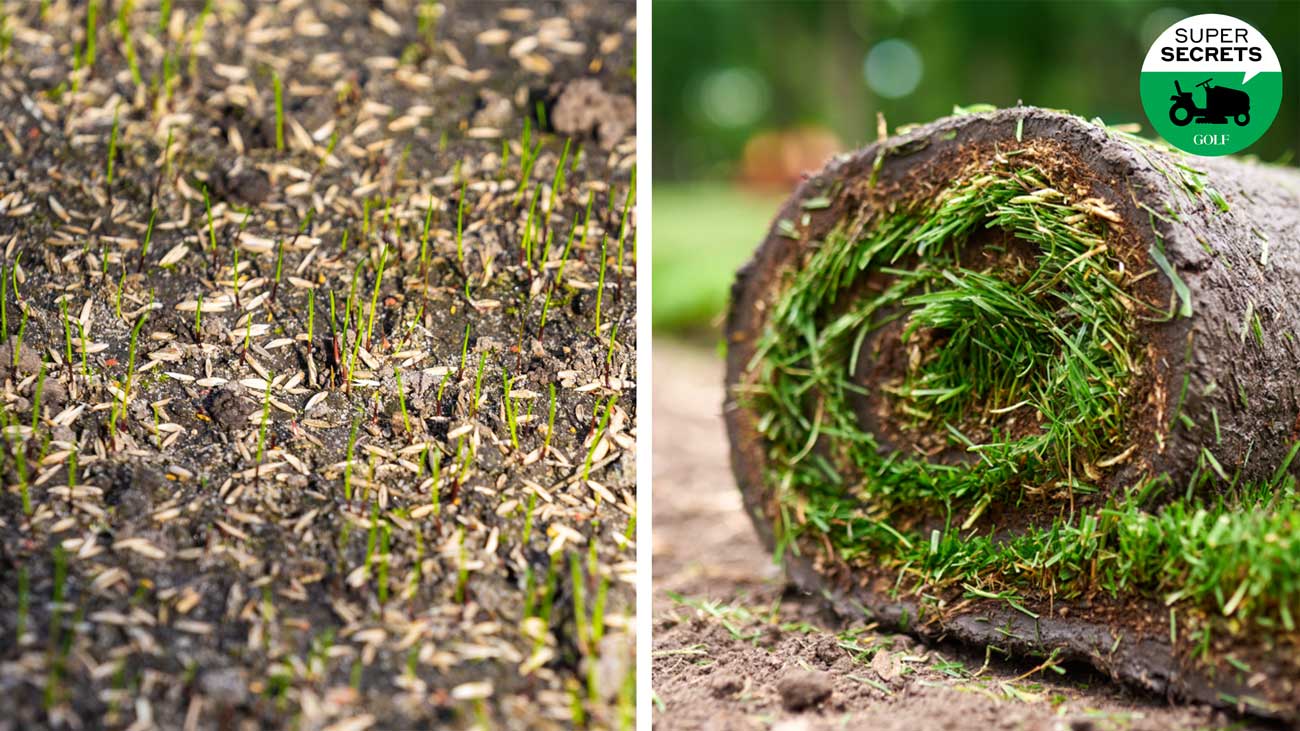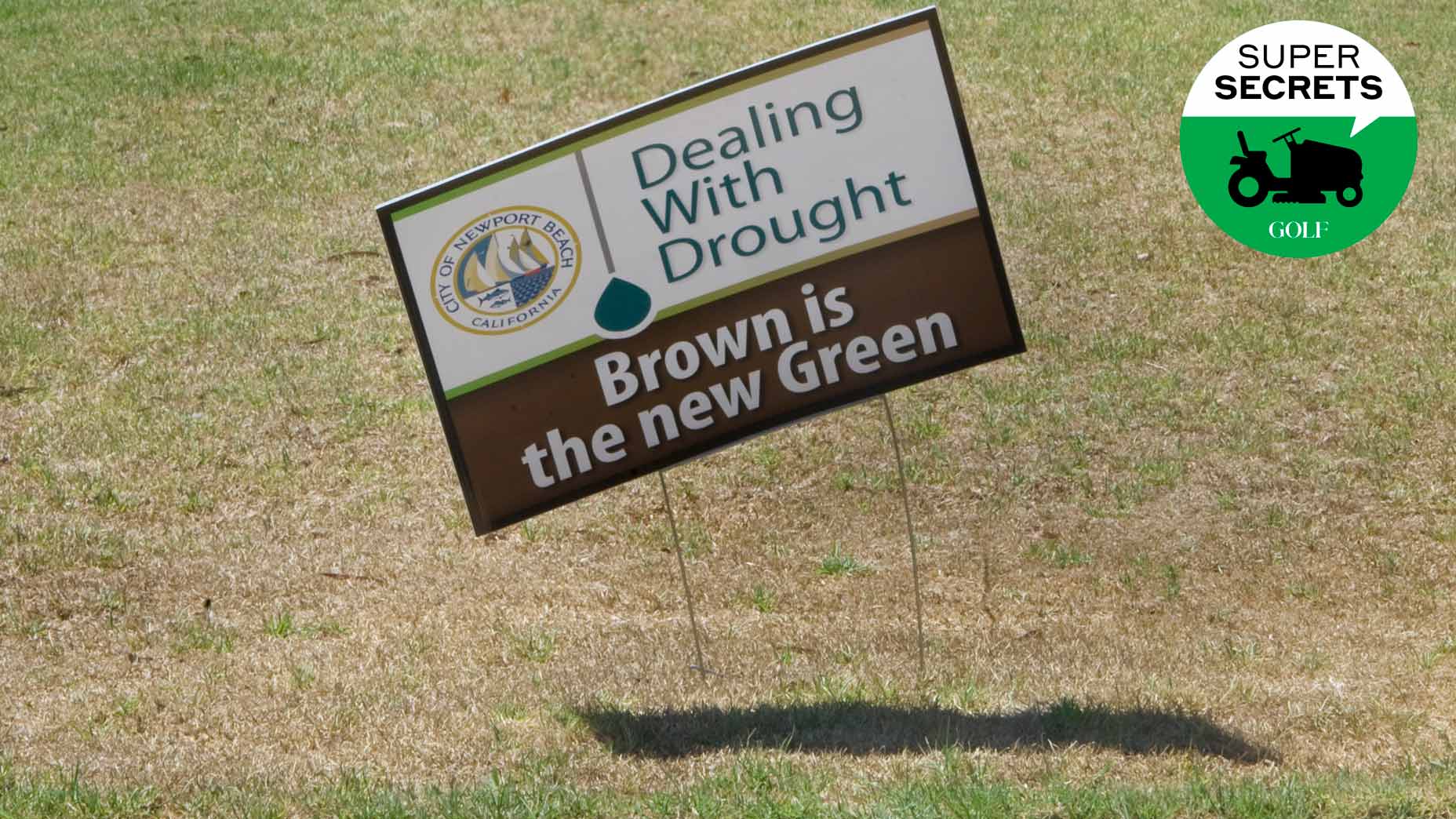Meet the Clegg Hammer, the golf course tool you didn’t know existed

The Clegg Hammer is a tool used in the turf-care trade, and it comes to mind as the world’s best prepare for The Open at St. Andrews.
Andrew Clarke YouTube
Welcome to Super Secrets, a GOLF.com series in which we pick the brains of the game’s leading superintendents. By illuminating how course maintenance crews ply their trades, we’re hopeful we can not only give you a deeper appreciation for the important, innovative work they do but also provide you with maintenance tips that you can apply to your own little patch of paradise. Happy gardening!
Have you heard of a Clegg Hammer? The name makes it sound like a strength-training aide, or a modified putting grip, or the moniker of a long-drive champ.
In fact, it’s a tool used in the turf-care trade, and it comes to mind as the world’s best golfers gear up for the Open Championship at St. Andrews. What the Stimpmeter is to green speeds, the Clegg Hammer is to the rebound in the ground: it’s used for measuring turf firmness.
But that’s a broad description. For more specifics, we turned to Mike Richardson, a member of the Golf Course Superintendents Association of America, and a professor in the department of horticulture at the University of Arkansas.
The Origins
Also known as the Clegg Impact Soil Tester, the Clegg Hammer takes its name from Baden Clegg, an Australian engineer, who did not dream up the device with golf in mind. “If you are building a house or a road, the most important part of construction is a solid foundation,” Richardson says. The Clegg Hammer was originally used to measure the hardness of a road or a building before laying asphalt or a foundation. The hardness had to exceed a certain level for the construction to be deemed safe.
How it Works
A weighted hammer with a sensor on its nose is dropped through a tube from a defined height. The device measures how quickly the weight hammer comes to a stop. The harder the surface, the faster that happens. The results are measured in a metric known as “Gmax,” which, Richardson says, is similar to the G-force that a pilot or racecar driver might experience.
The Applications for Turf
Because turf firmness is a big deal in golf, it’s not hard to imagine why a Clegg Hammer might come in handy for superintendents. But the device is more widely used for monitoring the safety of a playing field than it is for checking conditions on a course. There are firmness measurements that have been associated with potential concussions, Richardson says, “so fields are routinely checked with a Clegg, or a similar device to assess if a field is safe for players.”
The Accuracy of the Readings
The numbers, Richardson says, are accurate and repeatable. But in golf, a range of variables come into play that have made it tricky to develop standards for all turf. For starters, different types of grass produce different readings. The sand used in construction can also affect firmness, as can soil moisture levels and thatch. Even the type of sand used in topdressing matters; angular grains result in firmer greens than what you get with rounder sand. Throw in the fact that elite players can manage harder surfaces better than weekend hacks, and you see why it’s tough to establish rigid guidelines. A key for course operators is communication. According to Richardson, anyone looking to measure turf firm also “needs to survey their players to see if they think the greens are too soft or too firm and adjust their numbers accordingly.”
Hard Truths About Firmness
The Clegg Hammer is not the only means for taking firmness readings. The USGA developed a tool called Tru-Firm that does much the same as a Clegg Hammer but costs considerably less. At properties with lean budgets, labor shortages or both, most superintendents wouldn’t spend the time or money pursuing such numbers. Ultimately, Richardson says, speed and bounciness of turf mostly comes down to “player perceptions and experiences.” On to St. Andrews. We don’t need a fancy metric to know that the course will be playing firm and fast.













